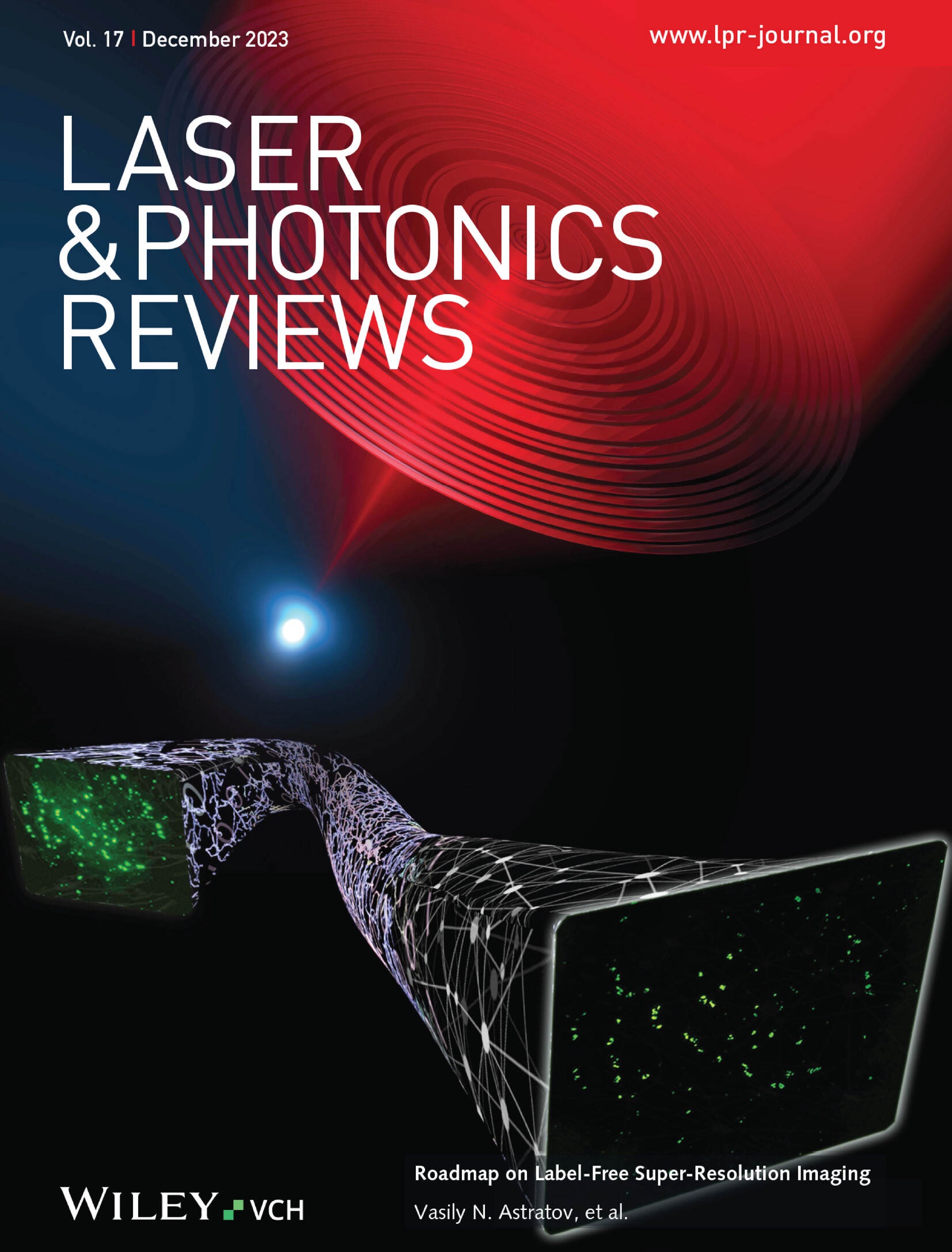使用级联超表面的模块化衍射神经网络
IF 10
1区 物理与天体物理
Q1 OPTICS
引用次数: 0
摘要
全光学衍射神经网络(DNN)作为光学和人工智能的融合,利用基于光的计算架构,由于其低能耗和高并行处理速度,提供了超越摩尔定律限制的潜力。然而,现有的深度神经网络框架在实现空间组装架构(即,通过将两个或多个独立的物理层组合在一起)来创建一个类似乐高的可重构深度神经网络,可以产生额外的功能方面面临限制。在这项工作中,引入了模块化编程概念来开发使用级联元表面的模块化衍射神经网络(mdnn),其中每个元表面支持各自的功能,而级联元表面具有额外的功能。mdn在多任务功能的灵活性和可重构性方面显示出巨大的优势。当独立工作时,两个基于metassurface的模块可以分别作为手写字母和时尚产品的分类器。将这两个模块按不同的空间顺序组合在一起,就可以得到手写体数字分类器和成像器的附加功能。此外,mdnn可以设计成模拟高容量加密通信的架构。这种灵活的多路mnns框架显示出巨大的潜力,为多功能集成、大规模并行处理和全光信息安全的全光计算铺平了新的道路。本文章由计算机程序翻译,如有差异,请以英文原文为准。
Modular Diffractive Neural Networks Using Cascaded Metasurfaces
An all‐optical diffractive neural network (DNN), as the fusion of optics and artificial intelligence, utilizes light‐based computational architecture, providing potential beyond Moore's law limitations due to their low energy consumption and high parallel processing speed. However, existing DNN frameworks face limitations in realizing spatially assembled architecture (i.e., by combining two or more independent physical layers together) to create a Lego‐like reconfigurable DNN that can generate additional functionalities. In this work, the modular programming concept is introduced to develop the modular diffractive neural networks (MDNNs) using the cascaded metasurfaces where each metasurface enables respective functionalities while the cascaded metasurfaces possess additional functionalities. The MDNNs showcase great advantages in flexibility and reconfigurability for multitask functionalities. When working independently, two metasurface‐based modules can function as classifiers of handwritten letters and fashion products, respectively. When the two modules are assembled with different spatial orders, the additional functions of the handwritten digits classifier and imager can be obtained. Moreover, the MDNNs can be designed to mimic an architecture for high‐capacity encrypted communication. This flexible and multiplexed MDNNs framework shows great potential and paves the new way for all‐optical computation with multifunctional integration, massively parallel processing, and all‐optical information security.
求助全文
通过发布文献求助,成功后即可免费获取论文全文。
去求助
来源期刊
CiteScore
14.20
自引率
5.50%
发文量
314
审稿时长
2 months
期刊介绍:
Laser & Photonics Reviews is a reputable journal that publishes high-quality Reviews, original Research Articles, and Perspectives in the field of photonics and optics. It covers both theoretical and experimental aspects, including recent groundbreaking research, specific advancements, and innovative applications.
As evidence of its impact and recognition, Laser & Photonics Reviews boasts a remarkable 2022 Impact Factor of 11.0, according to the Journal Citation Reports from Clarivate Analytics (2023). Moreover, it holds impressive rankings in the InCites Journal Citation Reports: in 2021, it was ranked 6th out of 101 in the field of Optics, 15th out of 161 in Applied Physics, and 12th out of 69 in Condensed Matter Physics.
The journal uses the ISSN numbers 1863-8880 for print and 1863-8899 for online publications.

 求助内容:
求助内容: 应助结果提醒方式:
应助结果提醒方式:


